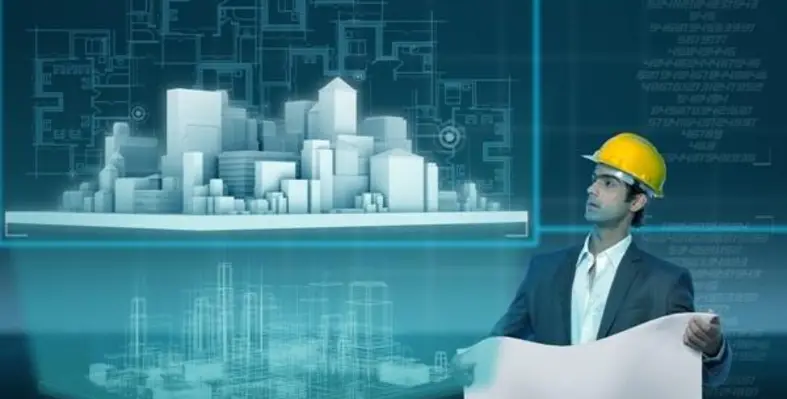WSP | Parsons Brinckerhoff Africa utilises virtual design and construction (VDC) technology to help builders create new business models with advanced design and construction techniques
VDC technology is one of the latest innovations to transform major building projects, from conceptualisation through every phase of design and construction, to facilities management.
The advent of VDC and building information modelling (BIM) has created a paradigm shift. It allows the full design intent to be conceptualised, designed, analysed, visualised and coordinated across project teams in a virtual 3D environment. The latest BIM/VDC advancements have moved project data to the cloud, enabling dispersed teams to access centralised live model data from any location and device, whilst being able to carry out design coordination across disciplines.
Virtual modelling
Design technology advancements have dramatically shifted the limits on the size and speed of building projects that design teams can generate models for at any one time. For instance, it is now possible to generate virtual models of entire cities, up to 100 sq km and more than 100,000 buildings. These city size models can include high fidelity 3D terrain models with aerial photography, roads, railways, bridges, services, structures, buildings and landmarks.
These models can now be developed much faster than before. What used to be a highly technical and laborious task has acquired a large component of automation, making it possible to take on larger projects with more demanding project time frames. City size models can now be developed in a fraction of the time and, this new design technology has opened the doorway to context based design. Engineers can rapidly design and analyse their proposed solutions in a virtual realm, which provides a detailed and extensive representation of the real world application.
3D modelling as an immersive experience
3D and related technology is advancing at tremendous rate and it is already possible to allow a client to experience their project in a virtual reality space. For instance, project design teams on the cutting edge of this innovation are able to link Oculus Rift VR headsets to VDC/BIM software, enabling the client to walk through and look around their new building long before construction begins, in an immersive 3D stereoscopic environment.
If we consider the emerging capabilities of 3D display technologies, VR headsets and even 4D immersive holographic spaces (that join multi-view and multimedia-rich spaces), coupled with augmented reality and gamification, showing off the design concepts of a building project could become a complete immersive experience for everyone involved.






